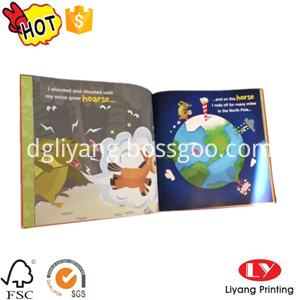The evaluation of ELISA reagents is divided into two aspects: One is the quality evaluation of the reagent itself, which can only be produced and supplied after meeting certain requirements; the first is the evaluation of the effect in clinical application. Taking the hepatitis ELISA diagnostic reagent as an example, first of all, it must pass the inspection of Chinese pharmaceutical and biological products to obtain the production license. In addition to packaging, labels, instructions, etc., the performance of the test must be verified item by item, such as specificity, sensitivity, precision, and linearity. Only by passing a series of reference products can the test be qualified. . The clinical quality evaluation of ELISA reagent is to use the reagent to test clinical samples to observe its practical application value. The Ministry of Clinical Examination Center has carried out work on the ELISA diagnostic reagents for hepatitis B in this regard, and has promoted the improvement of the quality of the reagents through quality evaluation. 6.1 Key points of clinical quality evaluation of diagnostic reagents The reliability of the test reagent from the perspective of clinical application is based on its ability to distinguish between health and disease. It is still difficult to find a 100% reliable test, any test will have false positives or false negatives. Judgment of the reliability of the test is often based on its sensitivity and specificity. The sensitivity of clinical application is expressed by the percentage of patients with positive tests of disease, and the specificity is expressed by the percentage of negative tests of patients without disease. For this evaluation, the relevant patient sera need to be collected first, and then tested with the most reliable reagent for testing the marker to determine whether it is positive or negative. This group of sera indicating whether the test substance is positive or negative constitutes a "serum panel". The relationship between the results obtained by measuring the serum of the reagents evaluated and the results indicated on the serum disk is as follows: Total serum disk results +-Results of the tested reagent + ab a + b-cd c + d Total a + c b + d A + b In the + c + d table, a is a true positive, b is a false positive, c is a false negative, and d is a true negative. The performance indexes of the evaluated reagents are calculated according to the following formula: Sensitivity (%) = a / (a ​​+ c) × 100% specificity (%) = b / (b + d) × 100% agreement rate (%) = (a + d) / (a ​​+ b + c + d) × 100% It is generally considered that sensitivity or specificity> 90% is good. The coincidence rate is an index of comprehensive sensitivity and specificity. 6.2 Preparation requirements of clinical assessment serum plate 1. Use human original serum; 2. The serum plate should have corresponding stability; 3. The samples in the serum dish do not contain preservatives, or only contain traces of preservatives that do not affect the test results; 4. The negative samples and positive samples contained in the serum tray each account for about half; 5. Among the positive samples, there should be a certain number of strong positive and weak positive samples; 6. There should be a certain number of samples with upper and lower threshold values ​​in the serum dish to test the sensitivity of the reagents. 7. Serum trays should contain samples of diseases related to the test and samples known to have interfering substances (RF factors) to test the specificity of the reagents. 6.3 Recommendations for clinical assessment of serum trays Taking anti-HBc-IgM as an example, the Ministry of Clinical Examination Center collected samples of nearly 100 clinical hepatitis patients, which were repeatedly tested and screened by anti-HBc-IgM reagents of American abbott company. 70 sera were selected, of which 29 were positive and 41 were negative, forming an anti-HBc-IgM clinical assessment serum plate. Among the 70 samples, in addition to 7 quality control sera without medical history, 22 samples positive for anti-HBc-IgM included 16 cases of clinically diagnosed acute hepatitis, 5 cases of chronic active hepatitis, and 1 case of severe hepatitis; -The 40 samples negative for HBc-IgM included 24 cases of chronically diagnosed chronic hepatitis, acute cases of hepatitis (all blood samples taken during recovery), and 8 cases of chronic active hepatitis (of which 5 cases were recovered blood samples). Therefore, this set of antiserum plate is used for clinical evaluation of commercial reagents, which can distinguish clinically patients with acute hepatitis B and chronic active phase, and has clinical diagnostic significance. Liyang Paper Products Co., Ltd. was established in 1999,a professional enterprise integrated in R&D,Marketing and Manufacturing.Liyang Printing provide best solutions and service to various fields of industry.For example,we can make nice and luxury Children Book Printing.Such as Children Book ,Children Book Printing,Children Book With Dvd,Children Book With Pen,etc.Our children Book with high quality are exquisite printing for your products.
Any inquiries on our children book,welcome to contact us at any time.
Children Book Children Book,Children Book Printing,Children Book With Dvd,Children Book With Pen Liyang Paper Products Co., Ltd. , https://www.liyangprinting.com
We are committed to offering packaging solutions to help customers improve sales volume.


Evaluation of clinical quality of ELISA reagents
